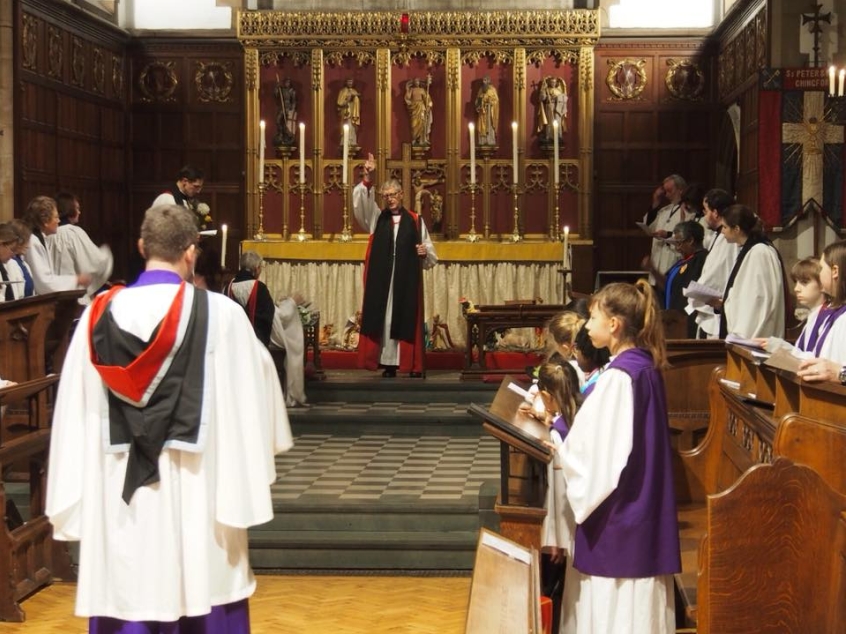
A year after committing to net-zero carbon emissions by 2030, the Church of England has made a "magnificent" start but much more must be done.
The latest data from the Energy Footprint Tool reveals that a 12.5 per cent reduction on carbon emissions has been made across the Church of England since 2006.
However, only 5 per cent of churches are already net-zero and just one per cent have installed solar panels.
The estimated total net carbon footprint for the Church of England's church buildings stands at around 185,000 tonnes of greenhouse gases.
In light of the findings, the Church of England is asking churches to go further in reducing their carbon impact by installing cleaner technologies and switching to renewable energy.
The Church estimates that its total carbon footprint could fall by over a fifth if all churches started using a renewable electricity tariff.
Nicholas Holtam, the Bishop of Salisbury and the Church of England's lead bishop for the environment, said: "Committing the Church of England to become net-zero by 2030 has emphasised the urgency of the climate crisis. It has inspired us all to pick up the pace in the care of God's creation.
"There has been a magnificent response already, but it is sobering to realise how much more is needed. The Energy Footprint Tool, good advice and some excellent case studies are available to stimulate, encourage and help.
"We need to be working at this in every Church community – churches, chaplaincies, schools, homes and offices - as we move towards our 2030 target for the sake of the world God loves."













